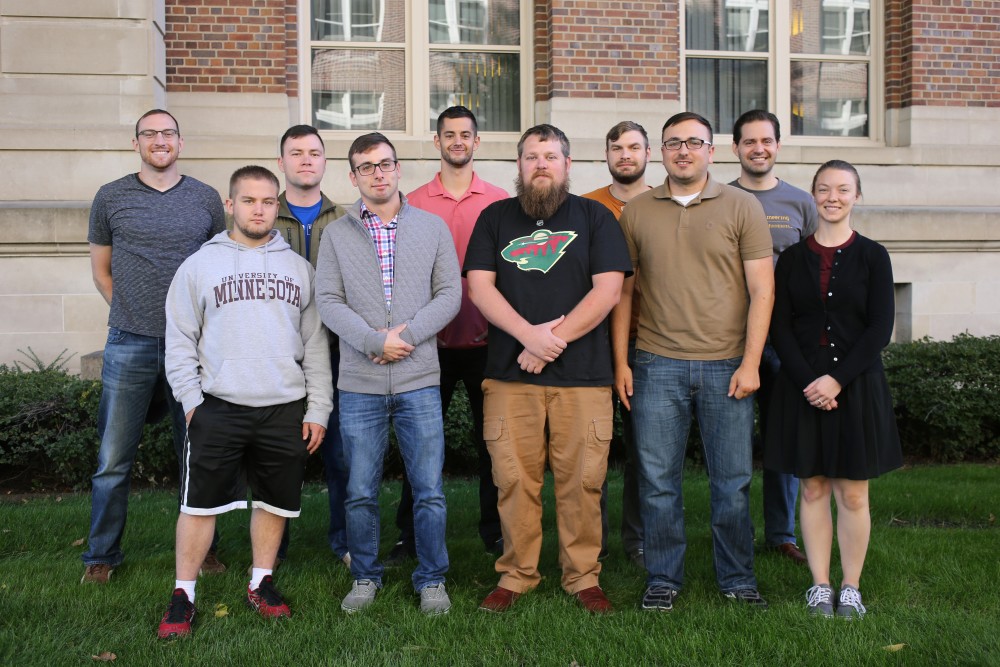One floor below ground, at the end of a long hallway in Johnson Hall sits a small room, lit up with conversation and laughter every Friday morning at the University of Minnesota.
The Student Veteran’s Association of Minnesota — called SVAM — was formed in 2006 to serve the 1,000 veterans enrolled at the University.
However, the organization has struggled to attract participation for the past two years.
SVAM only receives 30 to 40 visits within the week, said 31-year-old mechanical engineering senior Justin Wire, president of SVAM and army veteran who was deployed in Iraq for one year.
The student group exists to support local veterans in their transition from military to civilian life by ensuring their academic success, Wire said, drawing from the group’s mission statement.
“We do this by creating a strong sense of community of student veterans because we know from experience that we’re more effective when we unite together,” he said.
Although the group offers a space for veterans to safely transition to civilian life, only 5 percent of the veteran population at the University participates in SVAM.
Allen Turechek, psychology senior and adviser for the group, said he thinks many veterans don’t know the group exists, which could explain the few members.
“Getting a little more aware of us as a group would be great and having more folks who can actually get involved,” Turechek said.
He added that some veterans might know about the group but just don’t want to come.
“They find that they’ve done their time, they want to be more civilian, and that’s perfectly fine. But I really think … people don’t know,” Turechek said.
SVAM offers multiple programs, like veteran mentorship, community outreach, networking, professional development opportunities, and on- and off-campus events designed to foster community, Wire said.
The group gets most of its money for programming from student service fees and fundraising events, but its monetary support could be affected by a lack of participation.
Fewer members means less support for the programs they provide. More funding would be justified if they had more active members, Wire said.
“As far as numbers go, sometimes we often struggle to replace executive positions in our organization,” Wire said. “Currently, we don’t have a designated financial officer.”
Wire and nine other members attended the group’s weekly Friday morning meeting, where they discussed the possibility of becoming a Campus Life Program.
Casey Symons, a senior majoring in global studies and the vice president of SVAM, said this change would provide more security in funding.
The move would give University Veterans Services more control over SVAM’s financial situation, Wire said, allowing the group to better support its programs.
“I think [SVAM is] a great way to help fellow veterans transition and move on,” Turechek said. “Coming out of the military, especially folks on active duty, you’re not really sure of the academic environment you’re coming into and it could be a little bit foreign.”








